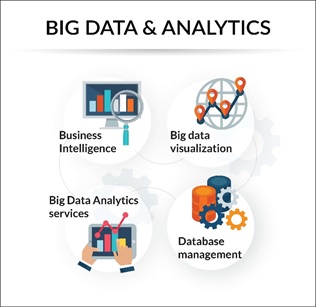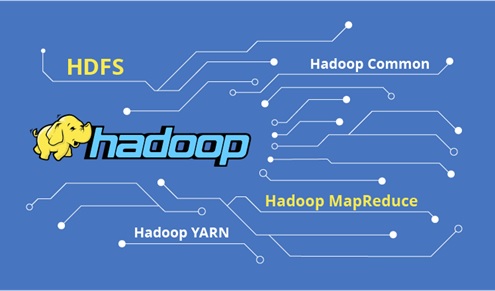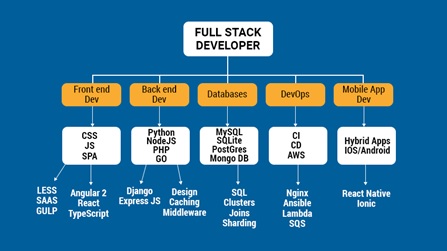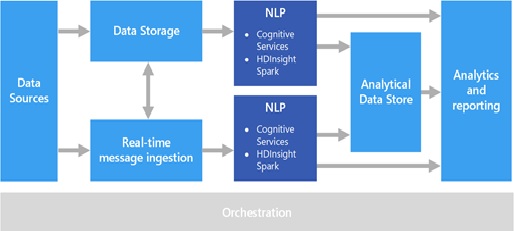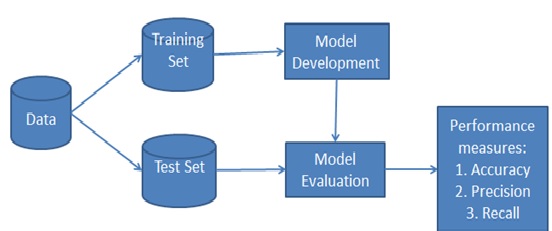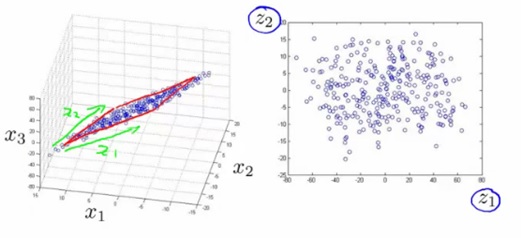The Process of Data Mining
"Data mining" sounds pretty self-explanatory, but it's more complicated than you might think.
Data mining is more than just extracting or mining data. It also involves turning raw data into insights that can be used to make decisions. And while that definition seems vague, it has to be because data mining is a process that can be applied to many industries to help them chart a better path to the future.Every day, more and more businesses turn to data mining because the data we store only continues to grow. It increased dramatically when desktop computers became commonplace in the 1980s. [1] Then came the Internet. Then, smartphones made it possible for almost everyone to generate even more data with a computer they carried around with them.And now, IoT devices that constantly gather data about the world around them are taking off. Currently, the total volume of this data doubles every year and a half.In this article, we'll look at what data mining does, the processes it uses to extract information and patterns, its benefits, the industries that use it, and more. Then, we'll show you how to start exploring data mining on your own.
Modeling
- This phase is where machine learning enters the data mining process. Data Scientists determine which modeling algorithms will work best to gather the needed insights from the data.
- The techniques used can include linear regression, deep learning, clustering, classification, and more. In this phase, various models will be created, tested, modified, and compared against each other to determine which models will work best based on the test data.
Evaluation
- This phase builds on the modeling completed with a comprehensive assessment of the modeling results. Their success at answering the questions the business needs answered is also determined. It could [2] be that some things weren't accounted for when asking the question or creating the models. So, either one may need to be modified.
1. Benefits Of Data Mining
Data mining benefits modern businesses by allowing them to discover insights in their data and use those insights to modify their processes and decisions. Some of data mining's other benefits include.
2. Increased profit
Businesses often use data mining to increase profit. This could come from marketing campaigns that are targeted more effectively, better-suggested products at checkout, or other results that come from better understanding customer data through data mining.
3. Decreased fraud
Many businesses also use data mining for fraud detection. A Data Scientist can harvest known fraud cases from a business's historical transactions and use the resulting data to generate models for real-time machine learning. These models can stop fraud before a transaction completes and money is lost.
4. Lower costs
Data mining can also help businesses save money. Retailers use data mining to spot market trends and forecast product demand so they can keep their inventories stocked appropriately. Modern manufacturing plants [3] use the data from sensors on industrial machines to schedule maintenance before a machine breaks down and brings the manufacturing process to a halt.
5. Improved design
Modern web analytics can tell you a lot about a website's visitors. Site tracking data is often used to understand the differences between users who become customers and those who don't. This data can be used to perfect a website's design and conversion rate.
6. Less guesswork
Another benefit of data mining that applies to just about everything it's used for is less guesswork. Data mining uses the patterns found in historical data to predict future trends with amazing accuracy figure1 shown given below.

Figure1: Data Mining Process
References:
- www.codecademy.com/resources/blog/what-is-data-mining
- https://www.softwaretestinghelp.com/data-mining-process
- https://www.ibm.com/cloud/learn/data-mining
Cite this article:
S Nandhinidwaraka (2021), The Process of Data Mining, pp. 12





